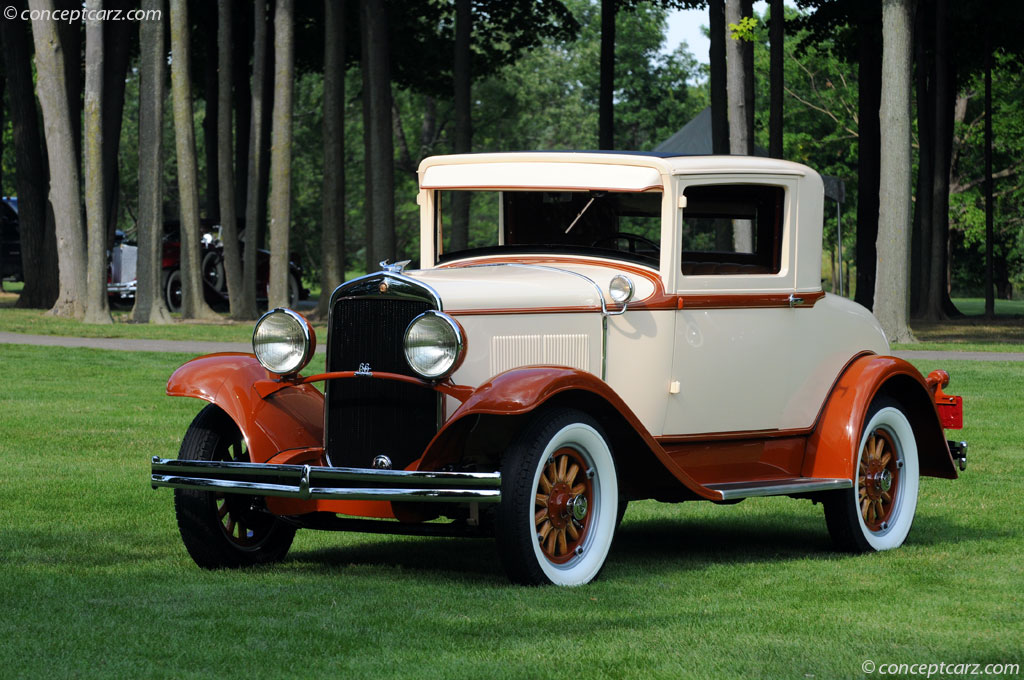1930 Chrysler Series 66 Navigation
- 1930 Chrysler Series 66 Menu
- Article
- Image gallery
- Valuation
- Specifications
- Production figures
Chrysler
Similar Automakers
Similarly Priced Vehicles
1930 Chrysler Series 66 Vehicle Profiles
Recent Vehicle Additions
Performance and Specification Comparison
Price Comparison
$1,295 - $1,545
$1,625 - $1,825
Related Automotive News

Chrysler Pacifica And Dodge Challenger Lead Segments In J.D. Power 2017 Apeal Study
Chrysler Pacifica ranks highest among Minivans in its inaugural year
Dodge Challenger ranks highest in Midsize Sporty Car segment for fifth time in seven years
Dodge Durango and Charger rank second and third in segments respectively
Chrysler bran...

Four FCA US Vehicles Win Quality Awards In Strategic Vision's 23Rd Annual Total Quality Impact™
Chrysler Pacifica takes home first place in total quality among Minivans
Dodge Charger captures win for total quality in Full-Size Car segment, third win in four years
Dodge Durango leads Mid-Size SUV segment in total quality, four wins in five ye...

All FCA US Brands Improve In J.D. Power 2017 US Initial Quality Study (IQS)
Chrysler Pacifica Leads Minivan Segment in Inaugural Year All FCA US brands post year-over-year initial quality score improvements
Chrysler Pacifica is highest ranking Minivan in quality study in its maiden year
Dodge Challenger and Grand Caravan...

FCA US Product Design Office Announces Winners Of The 2017 Drive For Design Contest
Three U.S. high school winners selected from across the nation
Prizes include a two-week summer automotive design course at Lawrence Technological University, all-expense-paid trip to the EyesOn Design Automotive Design Exhibition and more
Jun...

2017 Jeep® Grand Cherokee Named NEMPA's Official Winter Vehicle Of New England
Chrysler, Dodge and Jeep® Brands Receive Top Honors from New England Motor Press Association (NEMPA) at Annual Winter Vehicle Competition
2017 Jeep Cherokee Trailhawk named Best in Class — Compact Affordable SUVCrossover
2017 Chrysler Paci...























